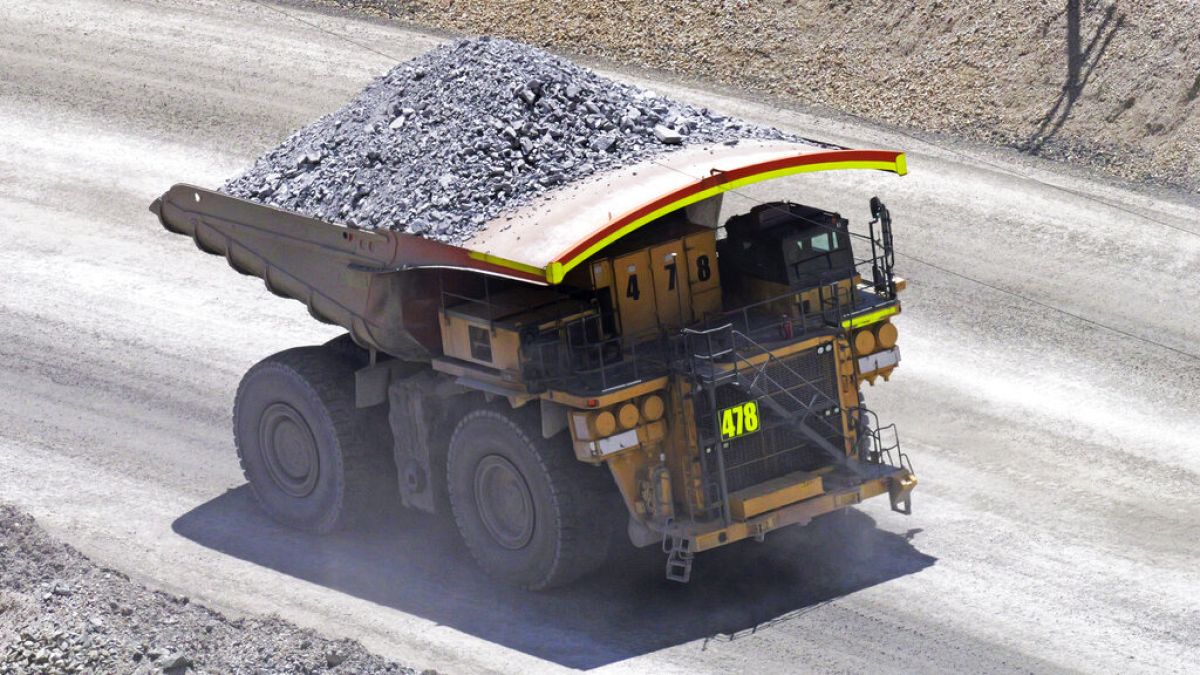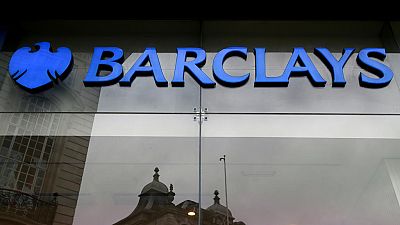Rio Tinto's Simandou project in Guinea could finally be making progress after 27 years of consecutive delays.
Rio Tinto's Simandou iron ore project in Guinea is finally taking off after almost three decades of holding the licence, government turmoil and coups. The project is expected to include two iron ore mines, a trans-Guinean rail line and a deep water port.
The mining giant, registered in the UK, had first obtained a Guinean exploration licence for the Simandou mountains back in 1997 but had to quickly pump the brakes once the country experienced severe political turmoil. This included four presidents, two coups d’état and three elections.
This turmoil extended to Rio Tinto itself over the years, further delaying the project, as the company churned through six CEOs, engaged in several corporate court battles and faced corruption charges in the US.
In the process, they also had to let go of half of the original exploration licence and even considered abandoning the project altogether, but failed to secure the sale.
Why is the Simandou project significant?
Valued at about $20 billion (€18.27 billion), the Simandou project is believed to be the largest iron ore project in the world, with about 2.8 billion tonnes of reserves. Rio Tinto will be looking at extracting about 1.5 million tonnes over approximately 26 years, with an average grade of about 65.3% iron with minimum impurities.
According to the chief executive of Rio Tinto Copper, Bold Baatar, "There is nothing else out there of this scale and size."
Due to its massive size and the capabilities needed to make the most of it, the project is being carried out as a joint venture between the Guinean government, Rio Tinto and about seven other companies, five of which are from China.
The Simandou complex is expected to have two iron ore mines. One of these, known as Simfer, will be developed by Rio Tinto and Chinalco, the world's largest aluminium company, along with several other Chinese companies.
Rio Tinto will retain 53% of Simfer's ownership, whereas Chinalco and its consortium will have the remaining 47%.
The second iron ore mine in the complex, dubbed the WCS project, is expected to be operated by Chinese steel production company Baowu and the Winning International Group, based in Singapore, along with its consortium. In this case, the latter will have 51% ownership, with Baowu owning 49%.
The 552km main rail line connecting the country's inland mountains to its Atlantic coast will be paid for by all the parties together. However, Rio Tinto and the Chinalco consortium will have to foot the bill separately for a 70km offshoot of rail line connecting their Simfer mine to the main line.
Expected to be functional by 2025, the Simandou complex is likely to reach a full capacity of about 60 million tonnes every year by 2028. If so, this would account for about 5% of worldwide seaborne iron ore.



